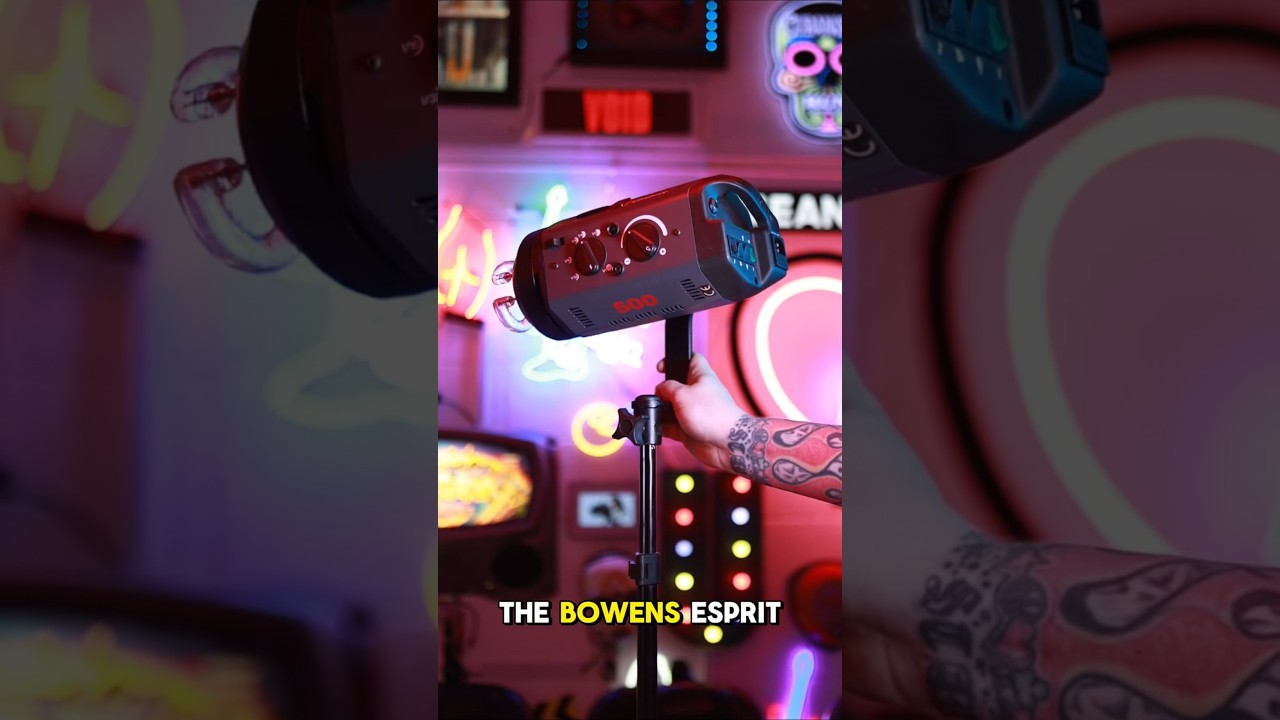Affordable Pro-Quality Studio Strobes That Still Hold Up
An introduction to the Bowens Esprit, a workhorse that just keeps on galloping!
Good news - this blog is going to be short and sweet! I’ve already touched on some of Bowens' history in earlier posts, so if you missed those, you can catch up via the ‘related blogs’ listed below. Since Bowens were such major players in the industry (and hopefully will continue to be now they're back), their manuals are still easy to find online. To save you from enduring too much of my rambling - or worse, a hastily drawn diagram - I’ve linked the ones we use here at Splash Point Photo below the video at the bottom. As I’ve mentioned throughout, the core functions of most strobes that aren't high end, are fairly universal. The differences often come down to branding quirks: labels might vary, and you might find a funkier dial here and there, but the fundamentals remain the same.
That said, the only Bowens strobe that has ever failed me so far is the Gemini GM250R - which is a bit ironic, considering it’s one of the newer models that I owned. Meanwhile, our older Esprit strobes just keep going strong. I’ve seen similar experiences shared online too. The truth is, digital strobes often come packed with extra tech, and while that can be useful in niche scenarios, it also means more things can go wrong - especially when you don’t actually need all those features for everyday use.
Some Bowens strobes (including the older ones we use here) can run on external power packs, but they can also be plugged directly into a wall socket. Just be sure to flip the power switch to the right setting depending on how you're using them.. which in the wall, aka studio is depressed in at the top.
And since we’re here, let’s do a quick jargon buster: if a strobe doesn’t rely solely on external battery packs and can run independently, it’s often called a monohead or monoblock - meaning everything it needs is built into a single, self-contained unit, short of being plugged in of course.
What I particularly love about the Bowens Esprit, is in their fuse hatch (if that's what you want to call it), where there's room to stash a spare fuse too, as seen in this here manual of the Esprit GM250.
And here's the manual for the Esprit 500
